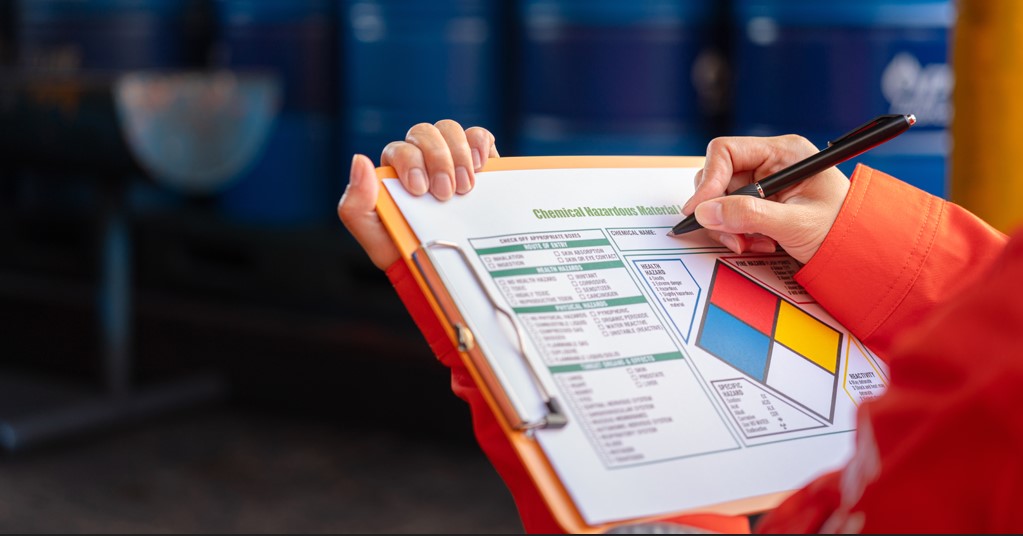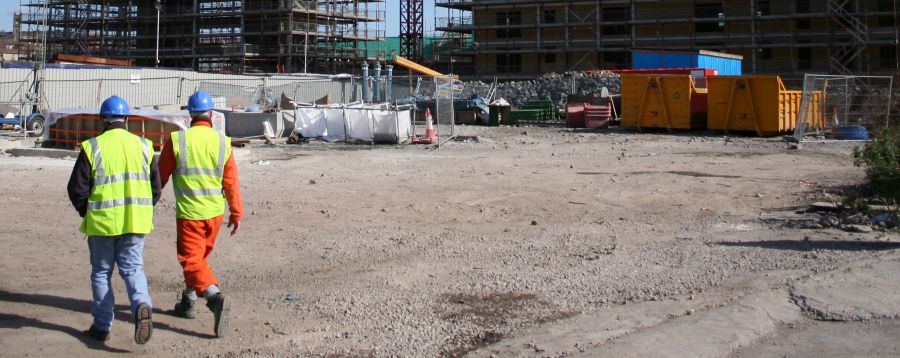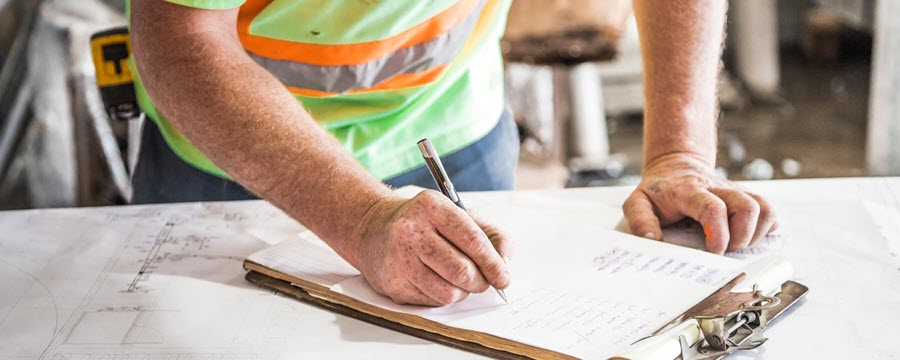
3 Keys to Disaster Preparedness on Construction Sites

Construction sites are at a greater risk than completed commercial and residential properties during disaster time. A completed building will have systems in place to protect it from catastrophic disasters, such as fire reduction systems and earthquake protection mechanisms. A construction site, meanwhile, does not have these systems installed. In addition, the tools, heavy equipment, and materials that are strewn across the site add another layer of danger for personnel working on site.
With multiple factors and variables to consider, it is well likely that things can go south on a construction site. For this reason, ample preparation for disasters should be the priority of all project managers. Without sufficient preparedness, a disastrous event will not only impact your business but also endanger your employees.
Here are 3 disaster preparedness strategies you need to employ on your construction sites.
1. List the worst-case scenarios that can happen.
Developing a disaster preparedness and response plan starts by determining the worst disasters, both natural and man-made, that could happen on a construction site. Consider the location of the construction project. Is the area prone to flooding in the event of a hurricane? Are there fault lines near the site that can cause earthquakes? How about your material inventory that may cause fire or chemical spills?
There are plenty of things that can go wrong on a construction site so a construction company should identify the disasters that the site is most vulnerable to. Additionally, the company should also determine the impact of the disaster in case it happens.
2. Create an emergency preparedness and response plan.
An emergency preparedness and response plan will help companies reduce the risk presented by the scenarios identified above. A company should have a plan in place for each worst-case scenario. For example, a hurricane preparedness plan will have directions for dealing with the risk of overturned equipment due to strong winds and flooding during extreme rainfall. An earthquake preparedness plan will have instructions for managing ground displacement and even fire due to broken power and gas lines.
That said, there will be some overlap in the emergency plan. You should identify areas of the construction site that need protection. These are your heavy equipment, generators, and cranes that are vulnerable to extreme weather conditions. You should also assign key individuals on teams and establish responsibilities and the flow of decision-making in the event of a disaster.
3. Include employees in your disaster preparedness planning.
Construction workers and field employees are key individuals in creating a disaster preparedness strategy. Since they work in the field, they have exposure to the real dangers on site. This means they have valuable insight into some of the potential hazards on site that may be missed by top management. For this reason, you should always consult employees during the initial phase of your disaster preparedness plan.
Aside from this, all construction employees should be briefed about the disaster preparedness strategy. They should have a firm grasp on the evacuation protocols included in the plan, as well as the flow of communication and decision-making. In addition, they should have a list of emergency contacts who they could refer to in the event of a disaster. Finally, inviting relevant organizations such as local fire authorities to talk to employees will further increase your employees’ preparedness.
Construction site disasters can happen when you least expect them. But even if they are unpredictable, companies can reduce the risk of these threats through ample preparation and proper planning. By identifying the worst-case scenarios, formulating your strategies around them, and including employees in the planning process, your company will be able to mitigate the risks of disastrous events.
About the Author:
Chris Woodard is the Co-Founder of Handle.com, where they build software that helps contractors, subcontractors, and material suppliers with late payments. Handle.com also provides funding for construction businesses in the form of invoice factoring, material supply trade credit, and mechanics lien purchasing.

